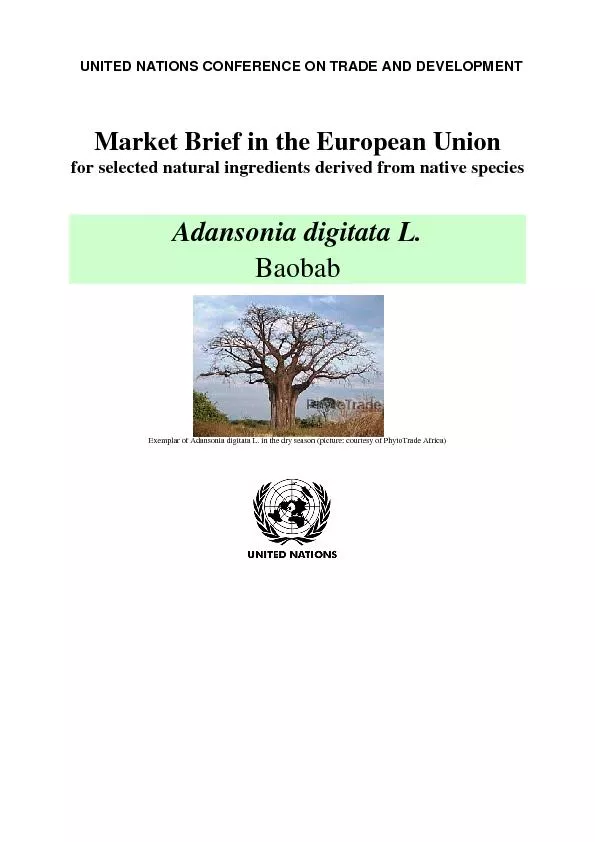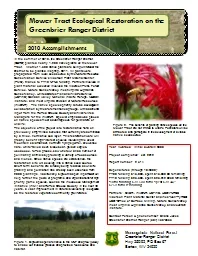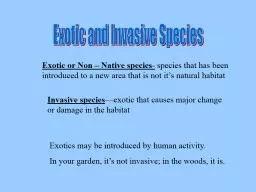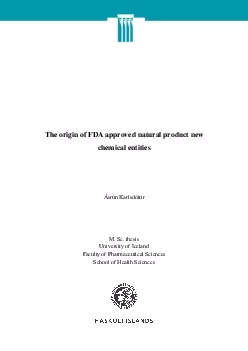PDF-for selected natural ingredients derived from native species
Author : sherrill-nordquist | Published Date : 2016-03-02
Adansonia digitata L Exemplar of Adansonia digitata L in the dry season picture courtesy of PhytoTrade Africa UNITED NATIONS CONFERENCE ON TRADE AND DEVELOPMENT
Presentation Embed Code
Download Presentation
Download Presentation The PPT/PDF document "for selected natural ingredients derived..." is the property of its rightful owner. Permission is granted to download and print the materials on this website for personal, non-commercial use only, and to display it on your personal computer provided you do not modify the materials and that you retain all copyright notices contained in the materials. By downloading content from our website, you accept the terms of this agreement.
for selected natural ingredients derived from native species: Transcript
Download Rules Of Document
"for selected natural ingredients derived from native species"The content belongs to its owner. You may download and print it for personal use, without modification, and keep all copyright notices. By downloading, you agree to these terms.
Related Documents














